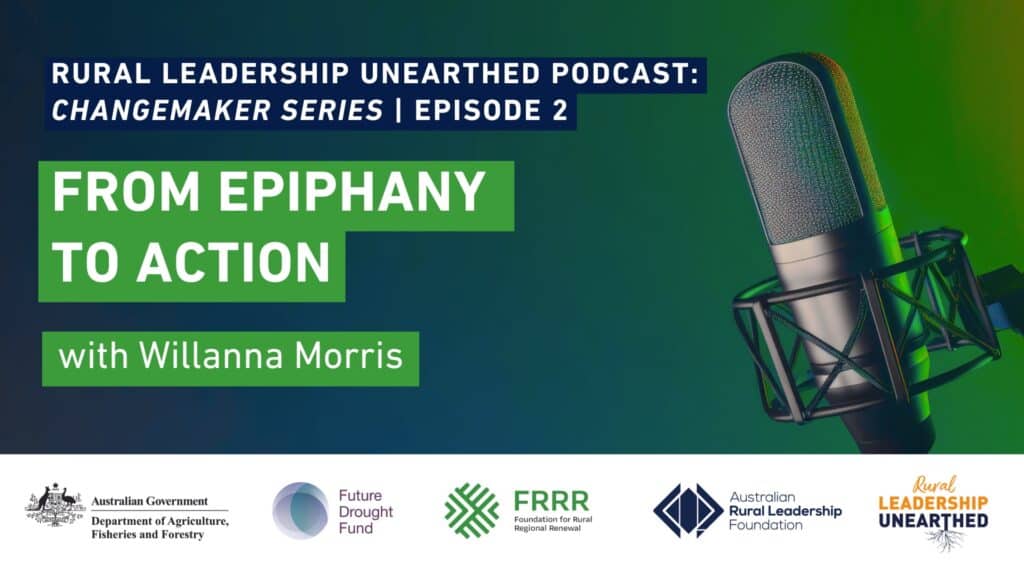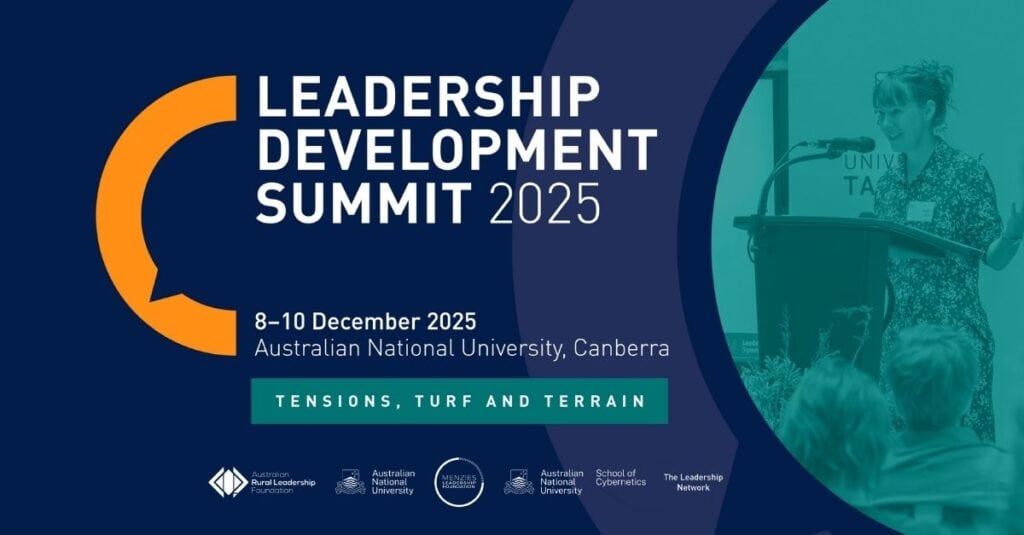For Quinton Vea Vea, saying ‘yes’ to the Milparanga Program sparked a “massive shift” in his sense of purpose, and his way of looking at the world around him.
“I had no interest in politics until I went on Milparanga,” he admits.
“But as leaders, we should be the driving force for change, and that means understanding politics and our political systems,” he says.
“It also brought me out of my shell a lot. I’m not the most outspoken person. A lot of the things we do on the program in terms of giving honest feedback and constructive criticism, can be confronting. Now, I’m happy speaking up.”
Quinton comfortably volunteered to do the speech at his graduation from Milparanga program 6 in 2019.
“The program also made me think about the type of work I wanted to do. What I was doing was great for community-level change and helping kids and young people. But I thought, how can I shift my impact to be on a state level, and maybe even a national level?”
Quinton is a Bidjara man from Rockhampton, Queensland. He moved to Sydney for university, and he’s almost completed his Bachelor of Exercise Physiology. He found work at the National Centre of Indigenous Excellence (NCIE) in Redfern, coordinating its swimming program.
Shortly after graduating from Milparanga, however, the disruption of COVID-19 pushed Quinton in a new direction.
The Centre closed to the public in March this year, but with his recent experience on the Milparanga program in mind, NCIE approached Quinton to work on its ambitious new data project, Blak Impact.
“NCIE saw the need for an Indigenous evaluation team to help do impact measurement on First Nations programs and organisations all around Australia, private or public, at a community, state or national level… the unique thing about Blak Impact is it leaves behind white ways of doing evaluation, and incorporates blak ways of being and knowing. It’s not a top-down approach, it’s about working within community, and asking what people want and need.”
As an associate consultant for the NCIE social impact team, Quinton gets to spread his wings on a landmark initiative that will have a tangible impact on Indigenous communities and organisations across Australia.
“I’ve always had a massive interest in program coordination and design, especially working with First Nations youth,” he says.
“The very first project I worked on was measuring the impact of COVID-19 on the NCIE community, which involved conducting interviews, creating a report and demonstrating findings. I got to speak to a lot of people in the community, and that face-to-face contact is what I love.”
And the legacy of the Milparanga program has followed Quinton in his day-to-day role.
“One of the biggest things that resonated with me was the idea of ‘deficit discourse’, focussing on failure – I found myself being a lot more aware of it. Sometimes I pull people up, and say, you can’t say that, we should be lifting each other up. That’s a big part of my work now.”
A significant part of Quinton’s respect for the Milparanga program comes from its empowering, strength-based discourse about Indigenous leadership.
“It doesn’t matter what type of work you do, or what level you’re at – it’s a life-changing experience, and importantly, it’s a culturally safe experience,” he says.
“On this program you’re either on someone else’s country, or on your own. It really grounds you culturally, and cleanses you. It teaches you skills and utilises team-building exercises, but they’re very different to conventional professional training, and they’re culturally specific. This really sets it apart.”
Quinton Vea Vea is a graduate of Milparanga 6.1, 2019





